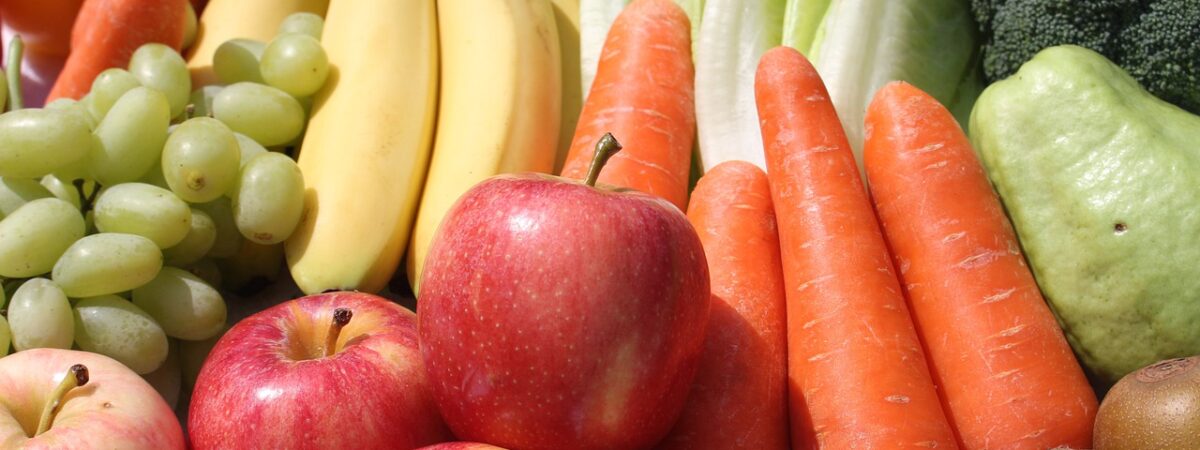Introduction
A diet containing loads of vegetables and fruits helps bring down blood pressure, reduce the chances of stroke and heart disease, prevent some cancer types, lower the risk of digestive and eye problems, and also improve blood sugar levels. Consumption of non-starchy vegetables as well as fruits including pears, and apples, along with green leafy vegetables can even lead to weight loss. The low glycemic level present in these food products prevents a spike in blood sugar levels.
There are around nine families of Fruits and Vegetables, each with nearly hundreds of a variety of plant compounds with several health benefits. One should consume a variety of colors and types of products for the body to receive the right amount of nutrients it requires. This ensures higher diversity of health benefitting plant chemicals as well as aesthetic meals.
What is the Importance of Consuming Fruits and Vegetables?
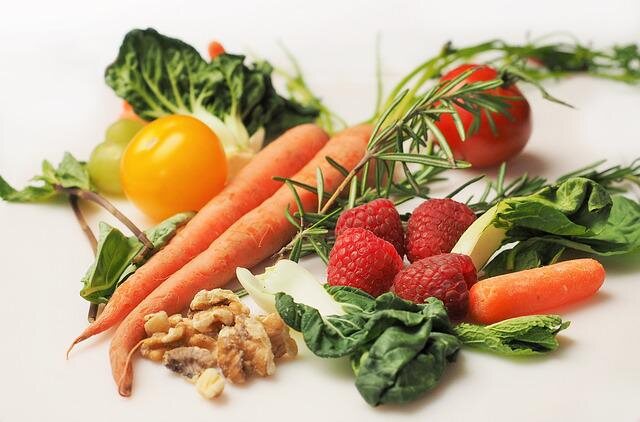
Prevention of Diabetes
A study of more than 77,000 women in the Nurses’ Health Study, 89,210 women belonging to the Nurses’ Health Study II, and 40,234 men from the Health Professionals Follow-up Study, all of whom were without any chronic diseases, found that a higher intake of whole fruits such as grapes, apples, and blueberries was related to lower chances of developing type 2 diabetes.
Variety in Texture and Flavor
The market is full of Fruits and Vegetables that come in various textures and varieties. With their interesting and unique flavors, these foods allow for some creativity in the kitchen. One can explore strong flavors such as olives, peppers, and onions, or something milder like corn and mushrooms. Some sweet-flavored fruits are grapes, plums, and pineapple, while the sour options are grapefruits and lemons.
Prevention of Cardiovascular Disease
Several compelling studies have proved that a diet filled with Fruits and Vegetables can potentially reduce the risk of developing heart disease and stroke.
A meta-review of cohort research activities following 450,667 participants revealed that greater consumption of Fruits and Vegetables means a much lower risk of developing cardiovascular disease. This is in line with an average decline in the risk of 5% for an extra serving per day of any type of vegetable and fruit.
It is quite simple. The daily consumption of Fruits and Vegetables lowers the risk of developing cardiovascular disease.
Despite almost every vegetable and fruit contributing to this aspect, green leafy vegetables like spinach, lettuce, mustard greens, and Swiss chard are more strongly related to a decline in the risk of cardiovascular disease. Cruciferous vegetables including cauliflower, broccoli, Brussels sprouts, cabbage, kale; and bok choy, along with citrus fruits like lemons, oranges, grapefruit, and limes also make significant contributions, which is the reduction of the chances of cardiovascular disease.
Weight Reduction
Women and men with a higher intake of a variety of Fruits and Vegetables are more likely to experience weight loss compared to those who consume a much lesser amount of the said food products. Berries, pears, apples, cauliflower, and soy are linked to weight loss and on the other hand, starchier vegetables such as corn, peas, and potatoes are associated with weight gain. But one should always consider the fact that just adding more fruits and vegetables into the diet doesn’t ensure weight loss unless these replace other foods, like refined carbohydrates in crackers and white bread.
Vitamins and Minerals
Fruits and Vegetables are basically excellent sources of minerals and vitamins. In fact, there is nothing more nutritional than veggies and fruits, as these are packed with various types of vitamins as well as zinc, magnesium, folic acid, and phosphorous. Sweet potatoes, avocados, prunes, and bananas are the best sources of potassium.
Fiber
Plenty of fiber is what Fruits and Vegetables are known for, helping fill up and bolster gut health. Vegetables packed with fiber are green peas, artichokes, cauliflower, and broccoli while high-fiber fruits are pears, raspberries, pumpkin, and apples.
Cancer
Numerous studies have highlighted the strong connection between Fruits and Vegetables and protection against different types of cancer.
The World Cancer Research Fund and the American Institute for Cancer Research have revealed that non-starchy vegetables like lettuce as well as various leafy greens, cabbage, bok choy, broccoli, along with onions, and garlic protect against different types of cancers. These cancers are those of the throat, mouth, esophagus, stomach, and voice box. Fruits also protect against lung cancer.
What Exactly are Fruits and Vegetables Seeds?

Seeds come from the ovules present in the ovary. At maturity, seeds have an origin as well as an additional supply of food covered with a defensive coating, called a seed coat. The different flowering plants facilitate variety in their seeds, however; unlike fruits with various take-ups, there are only a few structural techniques for seeds. The reserve food is either held in or outside the root. Within the cotyledon, the leaves of the seed stay under the ground or on top of the surface while germination takes place.
From a botanical standpoint, various vegetables are fruits such as green beans, tomatoes, eggplant, peppers, and squash.
Fruits are also categorized on the basis of their various seed distribution techniques. For instance, the seeds of the juicy fruits are distributed by the animals that consume these fruits, passing the seeds out. Simultaneously, other plants like touch-me-not or witch hazel consist of fruits that get demolished.
Market Research Future, a renowned market analysis firm, reveals that the fruits and vegetable seeds market touched a whopping USD 10.25 billion in 2018 and could record a growth rate of 7.9% between 2020 and 2027.
What are the Major Family Types of Fruit and Vegetable Seeds?
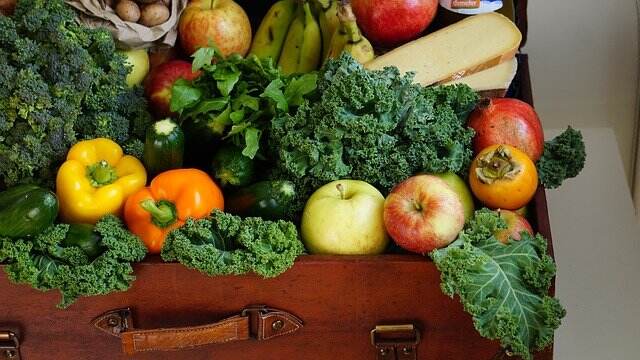
Solanaceae
The most popular types and in-demand types of solanaceous fruits are eggplants, peppers, and tomatoes. The Solanaceae family includes several nutritionally and economically significant cultivated plant species like eggplants, chili peppers, and potatoes. However, tomatoes are some of the most cultivated and consumed solanaceous plant species.
Cucurbit
The Cucurbitaceae family has more than 800 plant species called cucurbits or gourds. Some of these include squash, melons, cucumbers, pumpkins, watermelons, and many more. The Cucurbitaceae family ranks as one of the highest plant families for the percentage and number of species used for human consumption.
These types are also cultivated for use as containers and ornaments, while some are utilized for medicinal applications and various other purposes. Some varieties of wild cucurbits have substantial economic value, in terms of horticulture, food value, and botany.
Brassica
Brassica is a plant genus within the mustard and cabbage family (also called Brassicaceae). The members of this genus are generally known as cabbages, mustard plants, or cruciferous vegetables. Crops part of this genus is also sometimes known as cole crops, sourced from the Latin caulis, which denotes the stalk or stem of a plant.
The seeds, flowers, tender leaves, and stalks of various species of Brassica can be consumed cooked or raw. Almost every part of a few species is prepared for food, such as the root (turnip, swede), leaves (kale, collard greens, cabbage), stems (kohlrabi), buds (cabbage, Brussels sprouts), flowers (romanesco broccoli, broccoli, cauliflower), and seeds (oil-producing rapeseed, and mustard seed). Some forms with purple or white foliage are also cultivated for ornament.
Fruit And Vegetable Seeds Market Status Quo
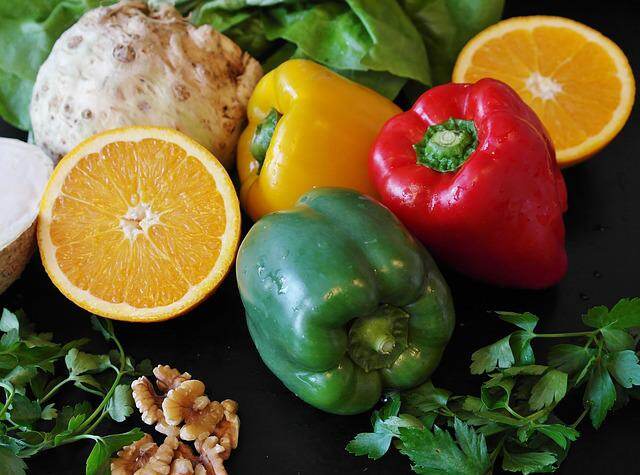
- Seeds form the foundation of the food chain, playing an integral role in the growth of the agri-food system. Farmers worldwide are gradually shifting their focus from conventional farming techniques to practices that ensure a higher yield as well as profit despite the availability of limited resources. Commercial vegetable and fruit seeds are now the top trend in the industry. The focus is also on the seed replacement rate, which is the ratio of the total seed use rate to the new seeds received for production. The emphasis is entirely on achieving maximum output via only farm-saved seeds.
- However, with the advantages along with the value bolstering aspects of seeds received from specialized mediums becoming apparent, the subsequent increase in the preference for seed procurement through such media provides a massive opportunity. The seed industry remains a highly research and development-intensive space, depending largely on the players’ strategies as well as choices of techniques. This is completely different from the crop protection sector, where most renowned firms have a similar share in sales on research and development. Given the changing climatic conditions as well as the soaring food demand from end consumers, the use of genetically-modified seeds among farmers has become more significant. This elevated use of GM seeds, however, fosters the seed price.
- Simply put, the mounting demand for achieving high quantity and quality of food products all over the world combined with the constantly burgeoning population and their evolving dietary changes will ensure an escalation in the demand for fruit and vegetable seeds in the coming years.
- Furthermore, the modernization of various agricultural practices in conjunction with the emergence of creative and advanced production techniques will be favorable as well. The future of fruit and vegetable seeds is bright due to the strong efforts of the governments in promoting the adoption of conventional farming practices.
Conclusion
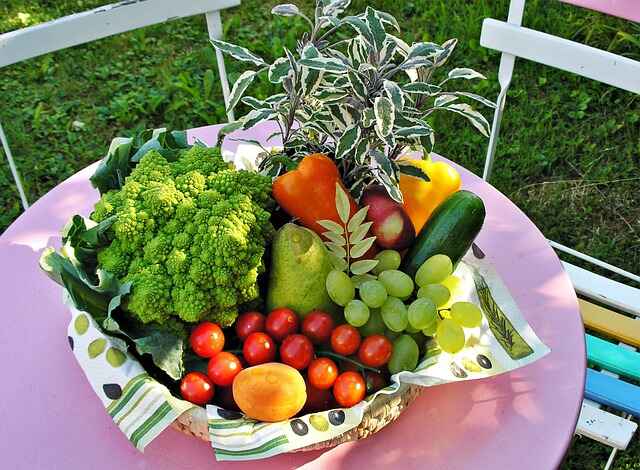
No matter where we look, the food we consume these days is getting farther away from nature. When you just think about the effect of this type of diet on your health, it’s troubling. It’s the main reason for steadily increasing rates of obesity, heart disease, diabetes, and other metabolic diseases over the last few years.
To avoid being part of these statistics and being a victim of these diseases, you can start bringing your diet more in line with nature, and that means having more fruits and vegetables in your daily diet.
While it may require a little creativity, effort, and an open mind to try new things on your table, switching to a diet with more fruits and vegetables will definitely be worth it!
You may also like to read
Top 10 Summer Tree Care and Maintenance Tips
List of Cruciferous Vegetables – 15 Popular Green Crops to Grow at Home

